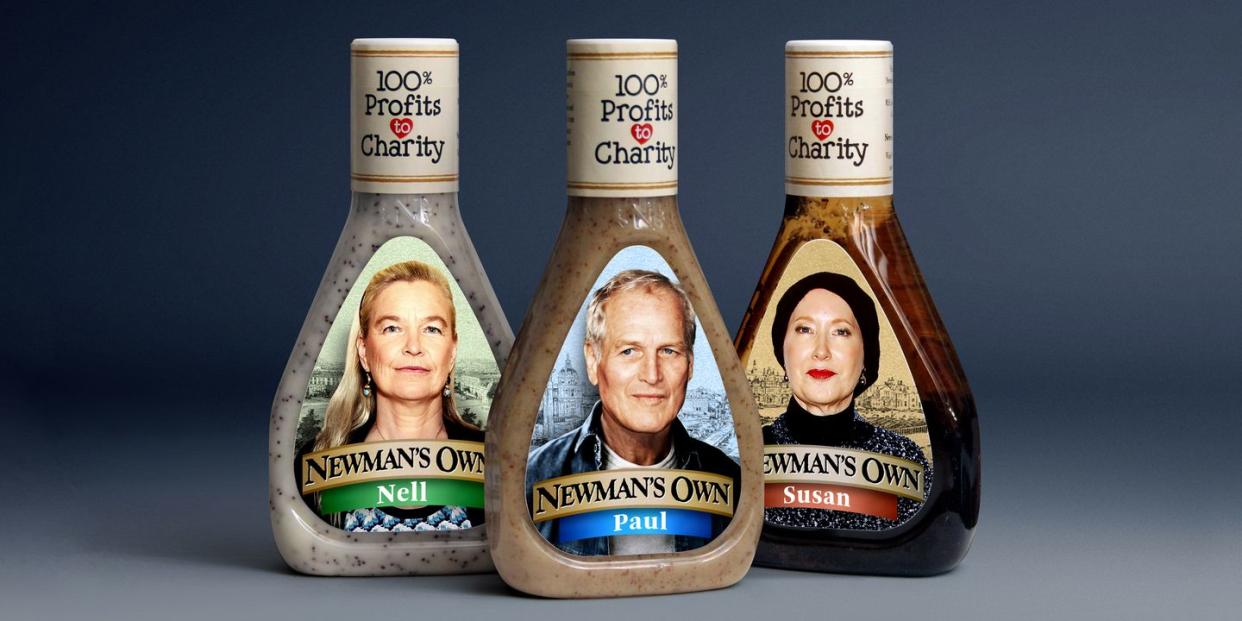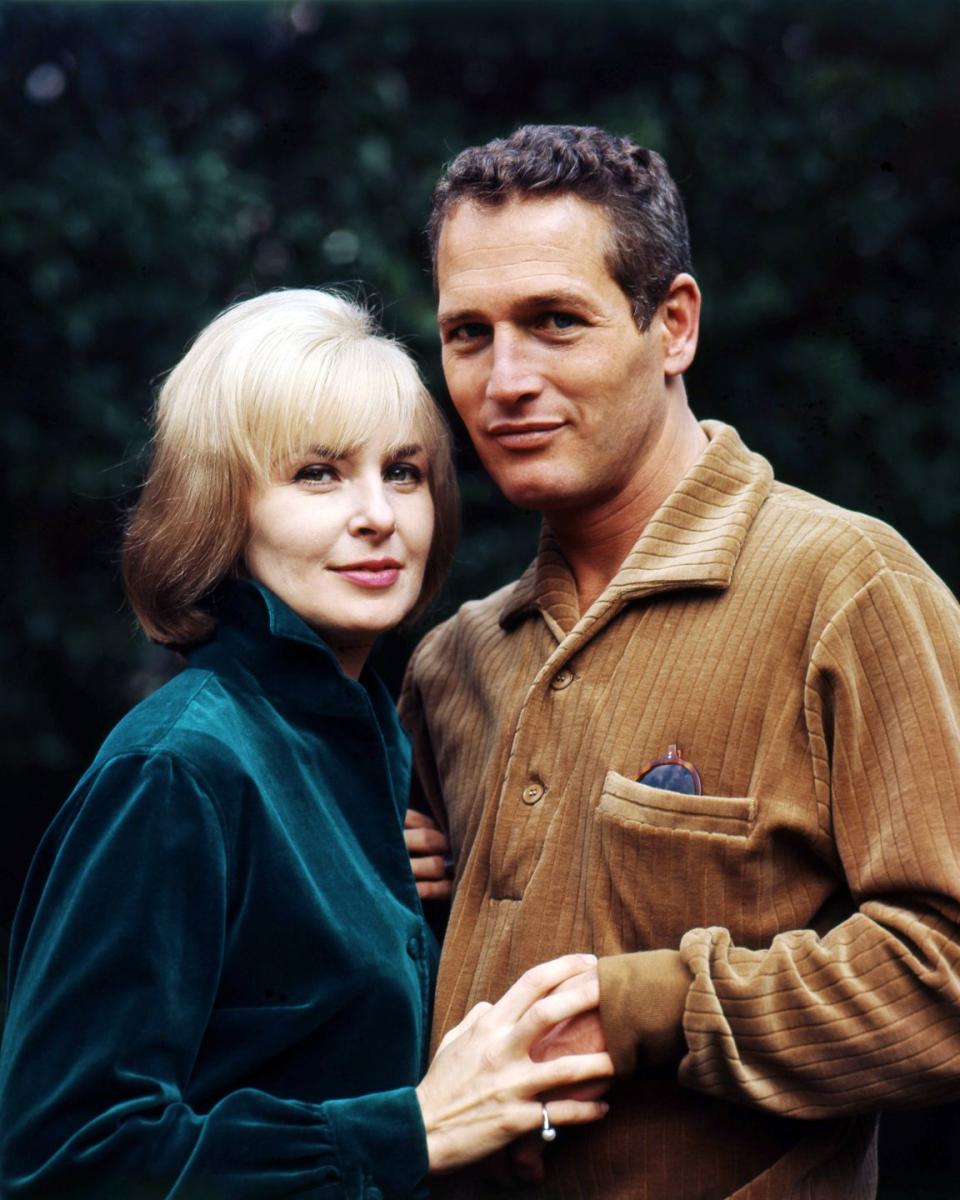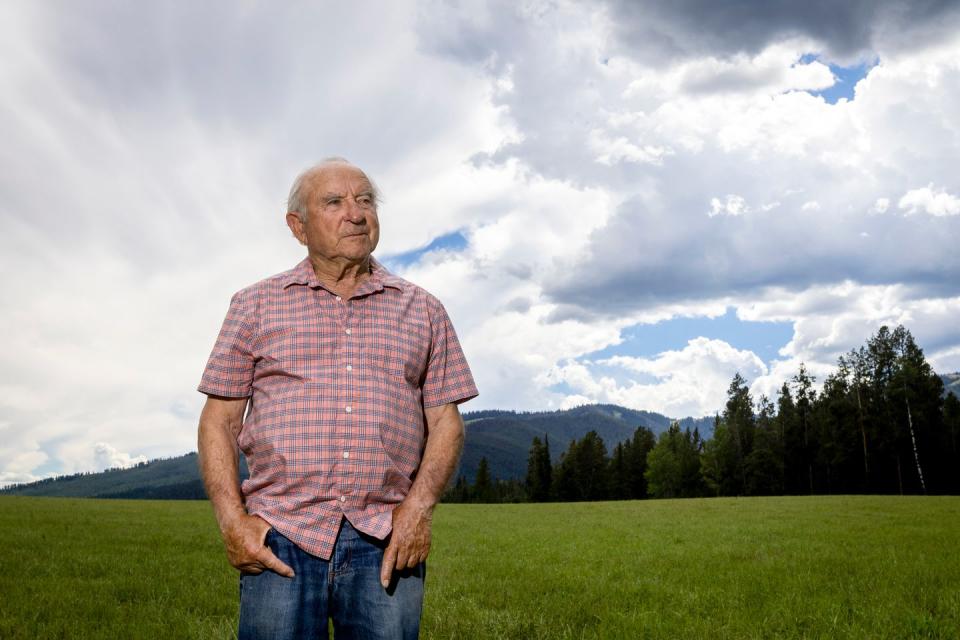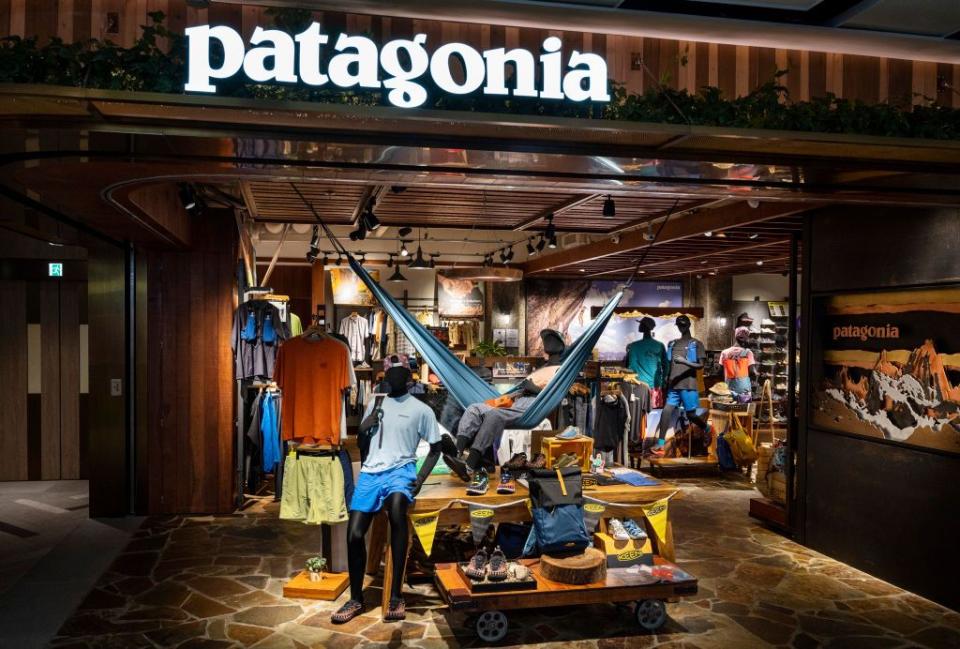Newman's Own Shaky Foundation

- Oops!Something went wrong.Please try again later.
Next time you’re on the couch, dutifully working your way through a bag of tortilla chips and a jar of Newman’s Own salsa (I, for one, make no apologies), take a moment to reflect that you are also an indirect participant in a fascinating, and fraught, experiment in the relationship between philanthropic power, private interests, and the public good.
Newman’s Own products are a supermarket mainstay—each bears some variant of the announcement “100% Profits to Charity” accompanied by the limpid-eyed visage of actor Paul Newman. Newman created the company in 1982. That Christmas he and a friend made a giant batch of an oil-and-vinegar salad dressing and gave it away to neighbors—including, as a 2015 Vanity Fair article chronicled, “a young caterer named Martha Stewart, who held a blind taste test [in which] Newman’s was voted No. 1.” Newman agreed to put his face on the label to sell the bottles, which flew off the shelves of local groceries. Newman and his friend made nearly $1 million and decided that all the profits from Newman’s Own—as they called the new company they formed—would go to charity. Over the next several decades, Newman’s Own would add pasta sauces, lemonade, popcorn, cookies, and more—giving upward of $500 million to charity, largely to organizations helping children facing serious illness or addressing child nutrition. For most of that time Newman, his family, and a few close friends distributed the funds. But as the actor grew older, he saw a need to professionalize the enterprise. In 2005 he created Newman’s Own Foundation, appointing nonprofit consultant Robert Forrester to run it and leaving the food company to the foundation when he died.
This led to two problems. The first was that decades earlier Congress had prohibited such arrangements. By the 1950s many observers had become concerned that wealthy individuals were creating foundations not to give money to charity but as a means of evading estate taxes and maintaining corporate control. The trick—first perfected by the Ford family—was to endow a foundation with sufficient stock in a company to give it a controlling interest, then appoint family members or allies to the board. Tax advisers openly championed the strategy. So Congress responded. Among the provisions of the Tax Reform Act of 1969 was one that barred a foundation from owning more than 20 percent of the voting stock (or 35 percent, depending on certain technical variables) of a for-profit company. The prohibition would start five years after the death of the foundation’s founder, at which time massive tax penalties would be applied. As philanthropy scholar Eric John Abrahamson has written, those regulations sought to “build a higher wall between the market economy and nonprofit institutions in civil society,” to establish clearer demarcations between the realm dominated by the profit motive and those dedicated to the pursuit of the public good.

The clock started ticking in 2008, when Newman died and the foundation took control of the company. At the five-year mark the foundation won a five-year extension before the taxes would kick in. As that deadline neared, representatives from the foundation furiously lobbied Congress for what would become known as the Newman’s Own Exception. In February 2018, President Trump signed a law that allowed foundations to own 100 percent of a business if all the profits from the business went to charity and the for-profit company was operated independently of the foundation.
Newman’s Own had successfully set up shop where business and philanthropy intersect. It can be a fertile space, but also a treacherous one. The same can be said about another fault line running through the philanthropic realm, one on which Newman’s Own is also situated: the one separating donors and their families from professional staff.
Which brings us to the second problem—where Newman’s children fit into his philanthropy—and a recent lawsuit filed by two of Newman’s five daughters against the foundation and its board. The suit contends that Newman granted the foundation the rights to his name and his image under the condition that it allocate $400,000 annually to each of Newman’s five children’s own foundations; the children could use the money to provide grants to their favored charities within the cause areas embraced by the foundation (and Newman’s children could take a “reasonable salary”).
But in 2020 the foundation’s board of directions cut that sum in half. The two suing daughters insist this represents an “assault” on their father’s philanthropic legacy and argue that it’s a continuation of a “long and consistent pattern of disregard, by those in control, of Mr. Newman’s specific intentions and direction.” They cite other philanthropic priorities of their father’s that they allege the foundation (which, over the last several years, has distributed around $20 million annually) has stopped supporting. The result, they contend, has been the muscling out of the family from the stewardship of the Newman’s Own philanthropic legacy.
The daughters’ lawyers insisted that they were seeking not “personal compensation” but $1.6 million in damages that they could donate to charities according to their father’s wishes, and a judgment that would compel the foundation to contribute the full $400,000 annually to the children’s foundations going forward. The foundation, for its part, called out the daughters for assuming they had perpetual $400,000-a-year funding allotments. (“Paul never thought of Newman’s Own as a family enterprise. For him it was always about the public good,” Forrester told Vanity Fair in 2015.) It argued that the suit will only “divert” money from potential beneficiaries of Newman’s generosity.
In a sense this is a classic family drama: the struggle over the paterfamilias’s legacy, complete with allegations of late-in-life changes to the will. But in this case the inheritance is not about the country house or the Old Master but about a philanthropic heritage. How much is it worth? Is there a tension in that legacy between a family’s interests—or those of the professional foundation officials—and the public good?
These questions also surfaced in September with the news that the founder of Patagonia, Yvon Chouinard, was giving his ownership of the company—valued at some $3 billion—to a trust and a nonprofit, the Holdfast Collective, which would be “dedicated to fighting the environmental crisis and defending nature” and funded from Patagonia’s profits.

Chouinard’s decision was greeted with widespread acclaim. Newman’s Own certainly sees Patagonia as a fellow traveler, lauding the decision. “It takes conviction to give everything in pursuit of a higher purpose, to go against the grain and to not keep any profits,” the company announced on its website. “Our founder, Paul Newman, knew this when he started our company and decided to Give It All Away… Here’s to all the Pauls and Yvons of the world.”
And yet the controversies over the Newman’s Own Foundation suggest that what it really means to give it all away remains an open question. Chouinard, for his part, underscored how the donation represented a welcome opportunity to disburden himself of the family fortune; he said he took it as a personal affront to be listed as a billionaire by Forbes. And his children agreed. “They have bought into the same philosophy that they don’t want to be millionaires or billionaires,” Chouinard said.

At the same time, however, the family made clear the importance of channeling most of the profits from Patagonia to a nonprofit devoted to a cause the family has long held dear. Combating climate change and protecting the environment are worthy ambitions—among the worthiest. And we don’t yet have all the details about how the Holdfast Collective will be governed and what the precise role of the Chouinard family will be in it going forward. But it’s clear that Chouinard gave the Patagonia fortune away while translating that wealth into a kind of concentrated philanthropic power. It’s precisely that power that’s also at stake in the Newman’s Own Foundation suit.
After all, even as the lawyers for Newman’s daughters make clear that they are not seeking “personal compensation,” they clearly believe that the power to give an even bigger amount of money away every year is a prerogative worth fighting for. And for all their talk of selfless stewardship, the non-family executives at the foundation would certainly agree.
Even with the celebration of Chouinard, it’s worth attending to what the family didn’t give up. Just as it no longer makes sense to suggest that business and philanthropy should be absolutely segregated, it’s important to pay attention to how personal interests (of family and staff) and public service are or are not aligned in the world of philanthropy.
Yet the rhetoric of self-sacrifice—of giving it all away—can sometimes obscure the stakes of contests over philanthropic power. Appreciating that a philanthropic legacy, even one with immense benefits to the public, confers private benefits isn’t necessarily a form of cynicism. It’s a key part of holding those with philanthropic power accountable.
This story appears in the November 2022 issue of Town & Country. SUBSCRIBE NOW
You Might Also Like

